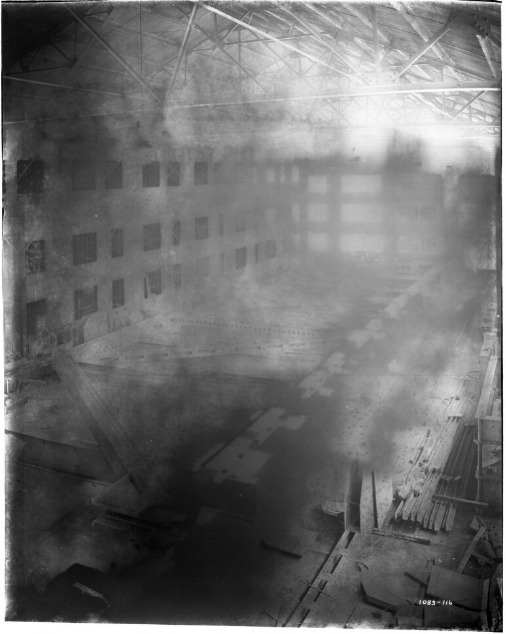Paxton & Vierling's Iron Works
The Paxton & Vierling Iron Works was established in 1855 with the goal of producing various metal products to consumers. Paxton & Vierling filled a niche role within Omaha serving as a company the City of Omaha frequently did business with to support ever growing infrastructure needs. The initial project that produced and sustained the company in its infancy was successfully manufacturing a majority of all the streetlamps in Omaha, followed by providing iron to city-contracted warehouses (OI, 2019).
Following the opening of the massive ASARCO-Omaha plant in 1899, Paxton & Vierling was contracted to assist the City in its efforts to support an infrastructure boom caused by mass migration to Omaha for work (OI, 2019). In 1936, Paxton & Vierling was sold to a Mr. Fred Owen who wanted to expand the operational parameters of the business. Under his leadership the company began supplying steel for construction equipment tooling and project materials while expanding into specific component fabrication for the railroad industry (OI, 2019). Paxton & Vierling hedged their bets on Union Pacific and ASARCO being catalysts for economic growth in Omaha, this assumption paid off well for the company. Paxton & Vierling found itself in lucrative positions due to this early success such as being contracted out during WWII or building bridges for the City of Omaha into the Fifties.
The metal products that Paxton & Vierling Iron Works used were manufactured primarily from iron, but factory products were routinely coated in lead-based paint before being sold. Paxton & Vierling’s usage of lead paint was systemic in practice; the products the company was being contracted to produce required elements of durability that lead-based paint provided better than any available alternative. Unknown at the time was that elemental exposure would accelerate the breakdown of lead-based paint, releasing aerosolized contaminants as the paint wears off and fractures at an accelerated rate (Connor et al, 2018). Considering Paxton & Vierling products were purchased for their rugged reliability, were often located outdoors where exposed to increased rates of paint deterioration, and were used to provide human comforts such as infrastructure, assuming these products were interacted with regularly by the public is permissible.
It is with this information that one can understand how Paxton & Vierling contributed to the effects industrial lead has in Omaha. Industrial lead was a technology that allowed for rapid industrial expansion and was highly prevalent in emerging infrastructure and industry until the mid-twentieth century (Fredrickson, 2017). Paxton & Vierling attributes most of its success from the infrastructure booms it participated in before 1950, but much of this infrastructure was not adequately replaced or mitigated after contracts had expired (Connor et al, 2018). It should also be noted that the company’s habits of producing products for multiple industries increased the amount of contact citizens had with Paxton & Vierling metal products.
The years following 1950 were far more turbulent for Paxton & Vierling, but the business remained surprisingly profitable and continued to expand. Fred’s son Ed took control of the company in 1964 after his father passed. In less than a decade the company was the study of EPA attention in 1972 regarding lead-particulate testing within its facility. Interestingly, there are no records of Paxton & Vierling projects or equipment being remediated before or after this study. Paxton & Vierling was reorganized under the name Owen Industries in 1986 while remaining under the control of the original Owen family.
